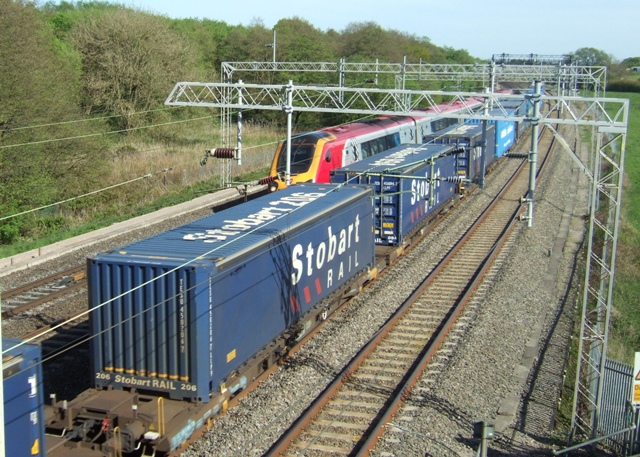Value-Drivers in Rail Freight
 In this and other posts in this series, “value-drivers” are those aspects of rail freight provision for which the customer is willing to pay. In situations where rival services offer competitive rates for essentially equivalent performance, value-drivers will be those aspects of the service that act as order-winners.
In this and other posts in this series, “value-drivers” are those aspects of rail freight provision for which the customer is willing to pay. In situations where rival services offer competitive rates for essentially equivalent performance, value-drivers will be those aspects of the service that act as order-winners.
From the perspective of selection-capable customers, i.e. customers whose freight is not restricted to one modality, the marketing and logistics interface will likely be the determining factor affecting value-addition. From the perspective of DB, the customer interface can therefore be considered a value-driver. A strong customer service simplifies several key tasks and transforms capabilities into business-attracting functionalities. From the rail freight provider’s perspective, the marketing and logistics interface is the point at which capability push and market pull converge: marketing draws business by offering the capability of DB SR to customers (see 1. and 2. below); DB SR’s operations then fulfil according to the customer’s demand, but ideally fulfil using methods that exceed the capabilities of rival rail freight providers.
In commodity market environments, where intramodal and multimodal competition for freight exists, the rail freight marketing function is complex and challenging: for B2C-oriented businesses, the convenience offered by road is uncontested; the number of road haulage companies offering comparable time/price performance enables a buyer’s market. Several classes of product – typically high volume/bulk non-consumer materials – are, by their physical properties and the nature of their consumption, more suited to rail than road.
